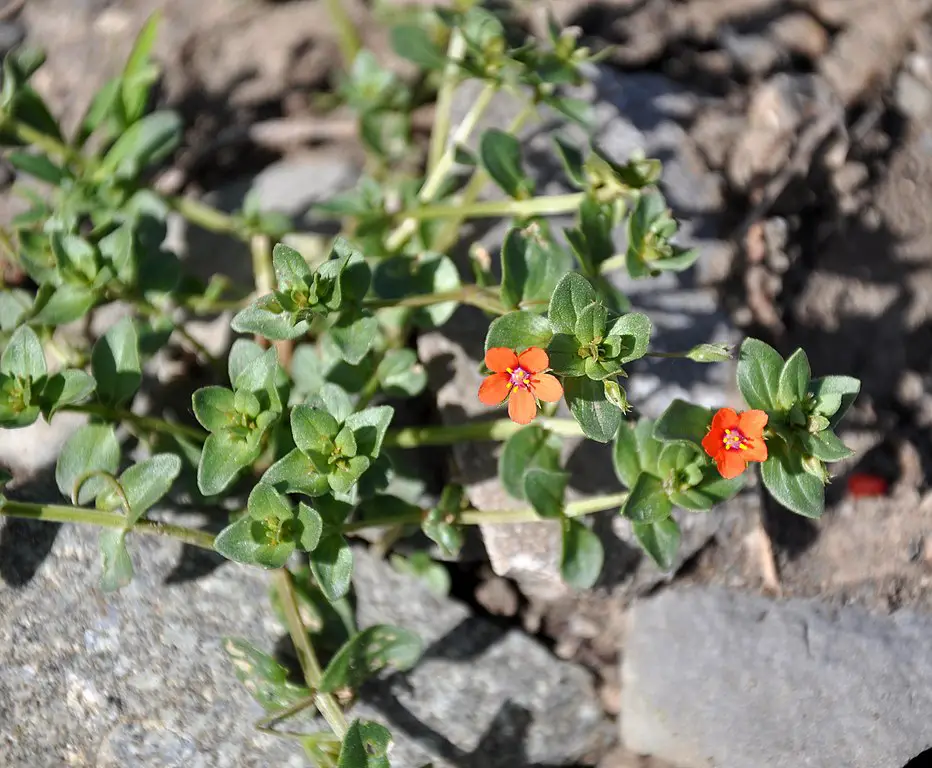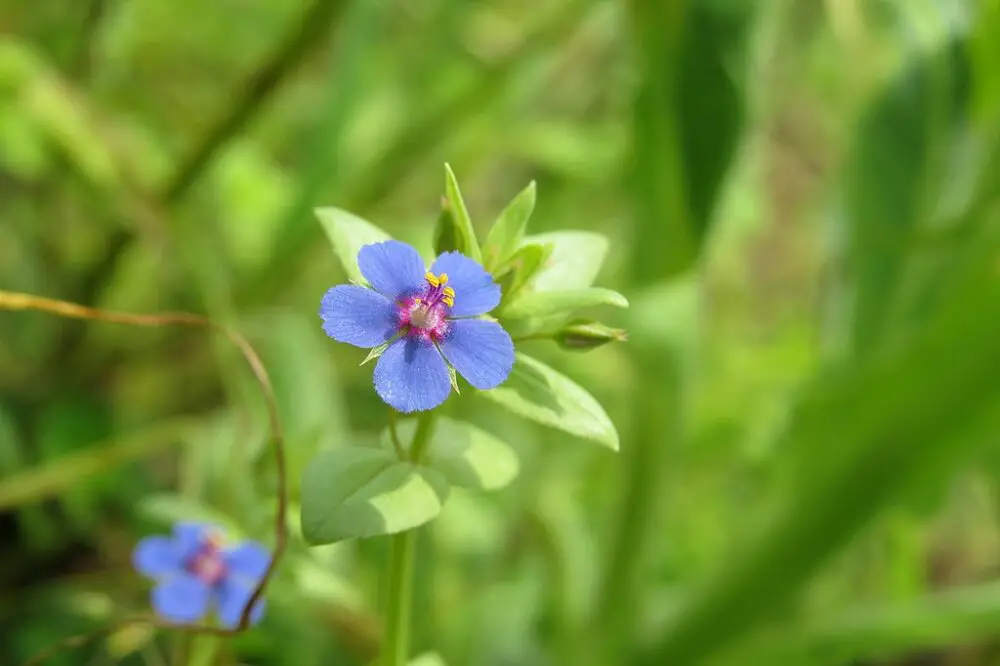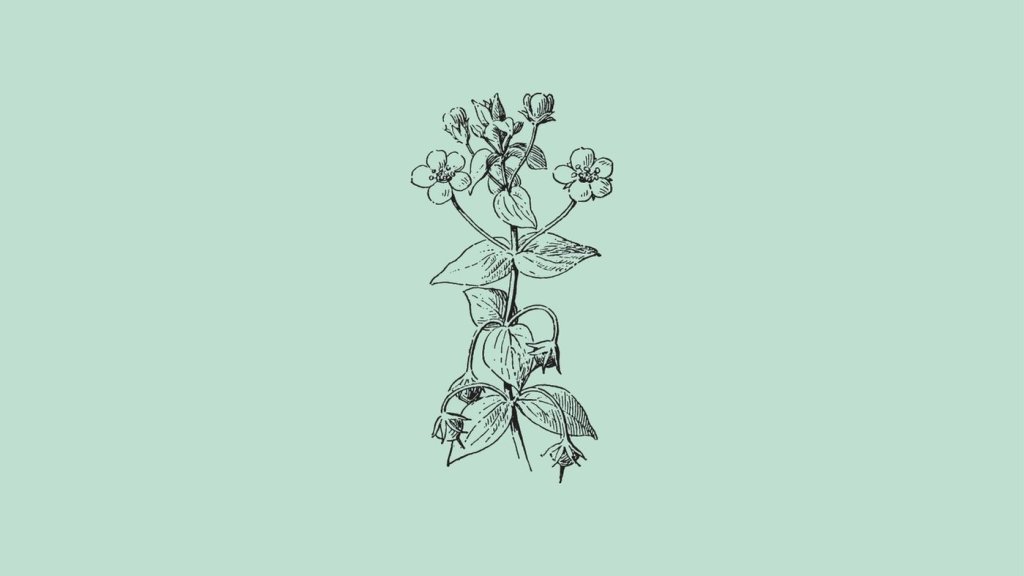The scarlet pimpernel is a real flower. It is also considered a weed and invasive species in certain areas. Scarlet pimpernel contains compounds poisonous to both animals and humans depending upon the concentration. However, the leaf is considered edible and is purported to have medicinal applications.
Is The Scarlet Pimpernel a real flower?
Although it shares a name with the famous novel by Baroness Orczy, the scarlet pimpernel is indeed a real flower.
The scarlet pimpernel, scientific name Anagallis arvensis, is a low-growing creeping annual herb of the primrose family (Primulaceae) and known by a variety of common names.
Among them are:
What Are You Foraging For Right Now?
We're thrilled to hear your ideas. What would you like to submit today? Feel free to share your thoughts and experiences with us.
- Blue-scarlet pimpernel
- Red pimpernel
- Red chickweed
- Poorman’s barometer
- Poor man’s weather glass
- Shepherd’s weather glass
- Shepherd’s clock

Is scarlet pimpernel rare?
The scarlet pimpernel is considered a weed and invasive species in certain areas. It is far more prolific in certain regions than in others, where it is now in decline due to changes in agricultural practices.
Amongst the various cultivars, the blue pimpernel variety is the rarest and most difficult to find. Sightings of this unusual version are cause for excitement to those who are knowledgeable of the species.
Because the scarlet pimpernel does not like to compete for space, it prefers to grow in areas where there is space and few other plants. This peculiarity can give the impression that the scarlet pimpernel is rare.

Identifying Scarlet Pimpernel
Flowering from June through September, the scarlet pimpernel is most readily identified by its small salmon-colored or red flowers.
Each flower has 5 sepals (petals) that are fringed with fine hairs.
Its square stems are adorned with ovate sessile leaves emerging from leaf axils and coming to a point at the tip. The underside of the leaves will be covered with a smattering of black dots.
The scarlet pimpernel is famous for closing its blooms according to the time of day and changes in the weather. Flowers open around 8 am each morning, provided it’s sunny, and close by 3 pm. If the weather becomes damp or cloudy, however, the flowers will close early.
The bright 5 petaled flowers have 5 stamens, each with a number of small, violet hairs that help to attract pollinators.
You can find scarlet pimpernel in most areas of the world where it grows as an annual plant and wildflower.
It prefers sunny locations and a temperate climate. It’s often found growing along roadsides, disturbed sites, and abandoned agricultural fields where the soil has been disrupted and it can make itself the primary resident.
How poisonous is scarlet pimpernel?
Scarlet pimpernel contains compounds considered poisonous to both animals and humans depending upon the concentration. Levels of toxicity can vary depending upon environmental conditions and rainfall amounts.
The toxic compounds within the leaves, including saponins, are dangerous to grazing livestock.
In humans, overconsumption of these saponins can result in severe stomach upset and digestive issues requiring medical attention.
When broken, the stems also release a milky sap that can cause skin irritation and rash.
Can you eat scarlet pimpernel?
The leaf of the scarlet pimpernel is considered edible and is purported to have medicinal applications.
They are quite bitter, however, and contain varying levels of toxins, so consumption should be done sparingly and with caution.
When eaten, the leaves should not be consumed raw. Boiling first and adding to soups or stews are among the few recognized culinary uses.
Is scarlet pimpernel medicinal?
Medicinal use of scarlet pimpernel dates back to the ancient Greeks, when it was used to treat epilepsy and mental disorders.
Over time it’s been used orally to treat several other ailments as well, including:
- Kidney related issues
- Rheumatism
- Pruritis
- Rabies
Other applications have included creating a topical poultice for healing:
- External ulcers
- Snakebite
- Skin infection
It should be noted that scarlet pimpernel is not currently recommended as a medical treatment for any condition. The toxicity, potential for overdose, and lack of studies supporting medical effectiveness make the risk for poisoning too great.
How to grow it in your garden
All varieties of scarlet pimpernel can be grown in gardens and make a lovely ground cover or accompaniment to rock features.
It’s best sown at shallow depths in areas that receive consistent direct sun.
Scarlet pimpernel is an extremely low-maintenance plant and is considered a weed in many areas. It’s not at all picky about soil conditions and once established, it needs little to no special attention.
If wanting to contain scarlet pimpernel to a specific area, pruning may be necessary. Gloves should be worn when doing this as the sap can cause skin irritation.
Lorin is a writer, photographer and nature enthusiast in Sacramento, CA. In addition to gardening, she makes a regular practice of forging for edible plants and flowers. Nature nourishes if you know where to look.

